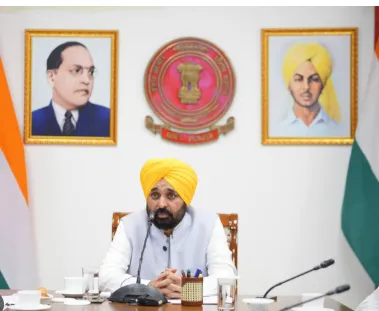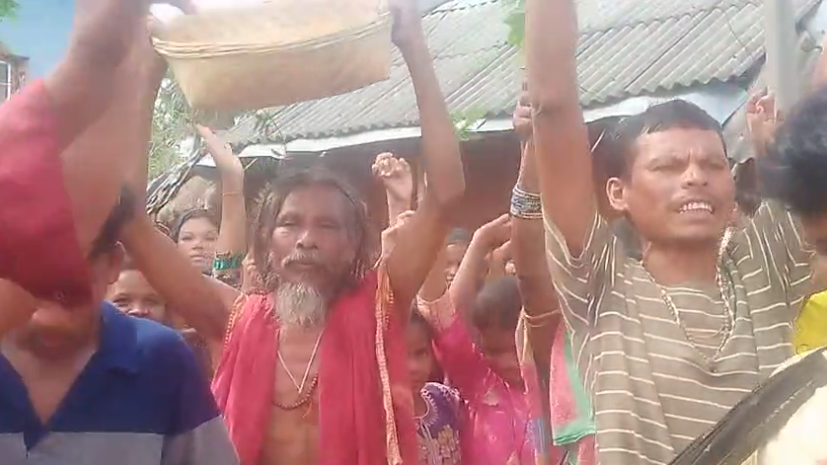

Boudh, May 22: The age-old tradition of Dhel Puja, an agricultural festival rooted in the cultural and spiritual practices of the Kandha tribal community, was celebrated with much enthusiasm and devotion in Rambhikata village over two days this week.
Organised once every three years ahead of the monsoon season, the festival is dedicated to the worship of the village’s ancestral mother deities and the Earth Mother. It seeks divine blessings for a prosperous farming cycle and reflects the deep bond between agriculture and tribal faith.
The celebrations began with the “Baar” ritual, during which symbolic invitations were extended to all local deities to assemble at the sacred altar of the mother goddess. On the following day, villagers, led by the traditional Dehuri (priest), prepared ritual offerings including milk, curd, dried cheese, ukhuda (a sweet made of puffed rice and jaggery), and dumuni, containers made from sal leaves filled with mahua liquor.
These offerings were brought from the Dehuri Ghar and presented at the deity’s altar as part of an elaborate ceremonial worship. After the rituals, community members, men and women, consumed the sacred bhoga and then participated in a vibrant procession. Accompanied by the beats of traditional drums and the music of the mohuri, villagers danced in unison from the altar back to the Dehuri Ghar, symbolising unity and celebration.
According to local belief, failure to observe Dhel Puja every three years may invite misfortunes such as drought or crop failure, underlining the festival’s importance in the community’s socio-religious calendar.
The event saw active participation from local leaders, priests, and village committees, reinforcing a shared commitment to preserving ancestral customs and cultural identity.